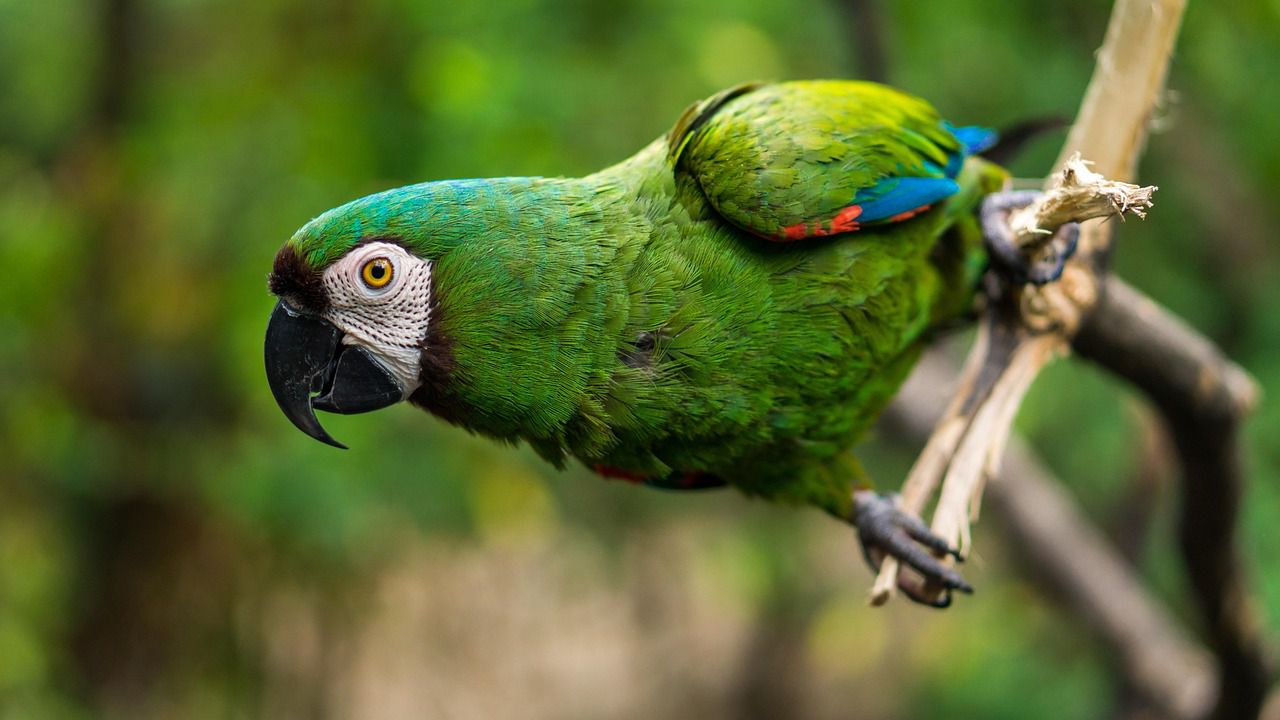When we were kids, we used to dream about our pets being able to speak like humans, so we could talk to them.
Now we know that's impossible, but is it? Can evolution make some animals talk like us?
Let's find out more about it.
Physiological Constraints
The vocal apparatus of most animals is fundamentally different from that of humans.
For example, most animals lack the necessary fine control over their vocal cords and articulatory structures to produce the wide range of sounds humans use in language.

Additionally, the size and configuration of their vocal tracts are not conducive to producing human-like speech.
Neurological Complexity
Human language relies on complex neural networks and specialized brain regions, like Broca's area and Wernicke's area, which support language comprehension and production.
While some animals have rudimentary forms of communication, their brains are not as developed for language as humans'.
Cultural and Social Factors
Language in humans is not just about communication but is also deeply tied to culture and social interaction.
The development of language is influenced by the need for humans to cooperate, share knowledge, and transmit culture.
Animals may have their own forms of communication that serve their social and survival needs, but these are often limited in scope and complexity.
Time and Selective Pressure
Evolutionary changes take a very long time and require consistent selective pressure for specific traits to develop.
While it's theoretically possible for some animals to evolve more complex communication systems over long periods, it would require unique circumstances and a strong selective advantage.
Conclusion
It's very unlikely that animals will be able to talk in the future, but AI technologies still give us some hope to achieve better understanding with our pets.









